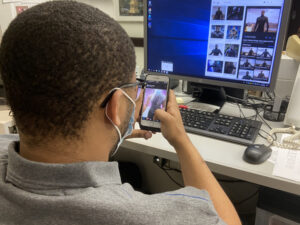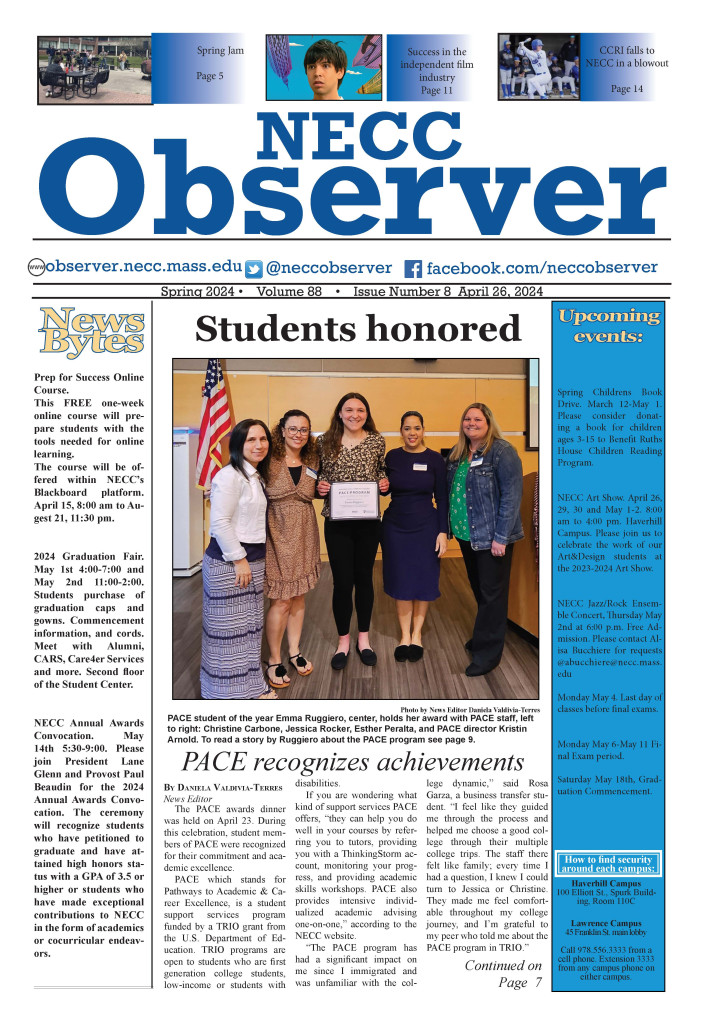Student life is something that is talked about a lot to new students applying for colleges.
Usually they have fun events, they help people navigate this new experience and answer any questions students may have.
Student life has very many things to offer to each student.
But how has that changed with COVID?
I spoke to the student life coordinator at NECC, Stephanie Haskell, via zoom about how the program is working under these new rules.
There have been a handful of events this fall, such a smeetings for several clubs.
Student life has also planned out a ton more for the future!
All the advertising for these events is now online as a result of the virus.
“We usually do a lot of advertising on campus for events and offerings like on the boards, on the digital screens, on doors, and tables but we can’t so I’m trying to get more students to follow us on Facebook, twitter, Instagram andTik-tok,” said Haskell.
She also feels that reaching out more on social media is having a slight impact in student awareness of events.
The school has varied ages in its students, and this seems to be a way to reach out to most of the students.
Following the move to social media, all of the club registrations have been moved online as well.
Haskell stated “I think it’s easier just because if it’s on the computer, I used to work in Lawrence and Haverhill so, if not I would have to wait until I went to Haverhill to get the paperwork or Lawrence if somebody dropped it off there. So now I can access it anywhere.”
The fact that this has been made virtual also gave the department the opportunity for a revised club form.
The paper forms had not been redone in about five years, this gap has made it so the information on those sheets is no longer relevant or not as specific as it should be at the current time.
The paper form made it hard for specific questions about club meetings to be answered.
Another plus to this switch is now anyone can submit their form atany time, rather then waiting till you are on campus and have the offices be closed.
Haskell said she does feel that it is harder to make connections with the students.
While there are still meetings via zoom and other platforms, it does not give the same feel as being surrounded by classmates and faculty.
It is not harder to make a lasting connection with the students she does meet with.
“I go with a mission, like I need to ask a question about NSLS or something and then it gets into being ‘my daughter did this or I did this at myfriend’s house this week,” she said.
While the switch from a normal campus life to virtual has shifted many things, the Student Life office is still finding many ways to have fun and connect with the students of Northern Essex, and they will continue to make plans for events according to what will work.
For more information about Student Life activities at NECC, visit https://www.necc.mass.edu/experience/



